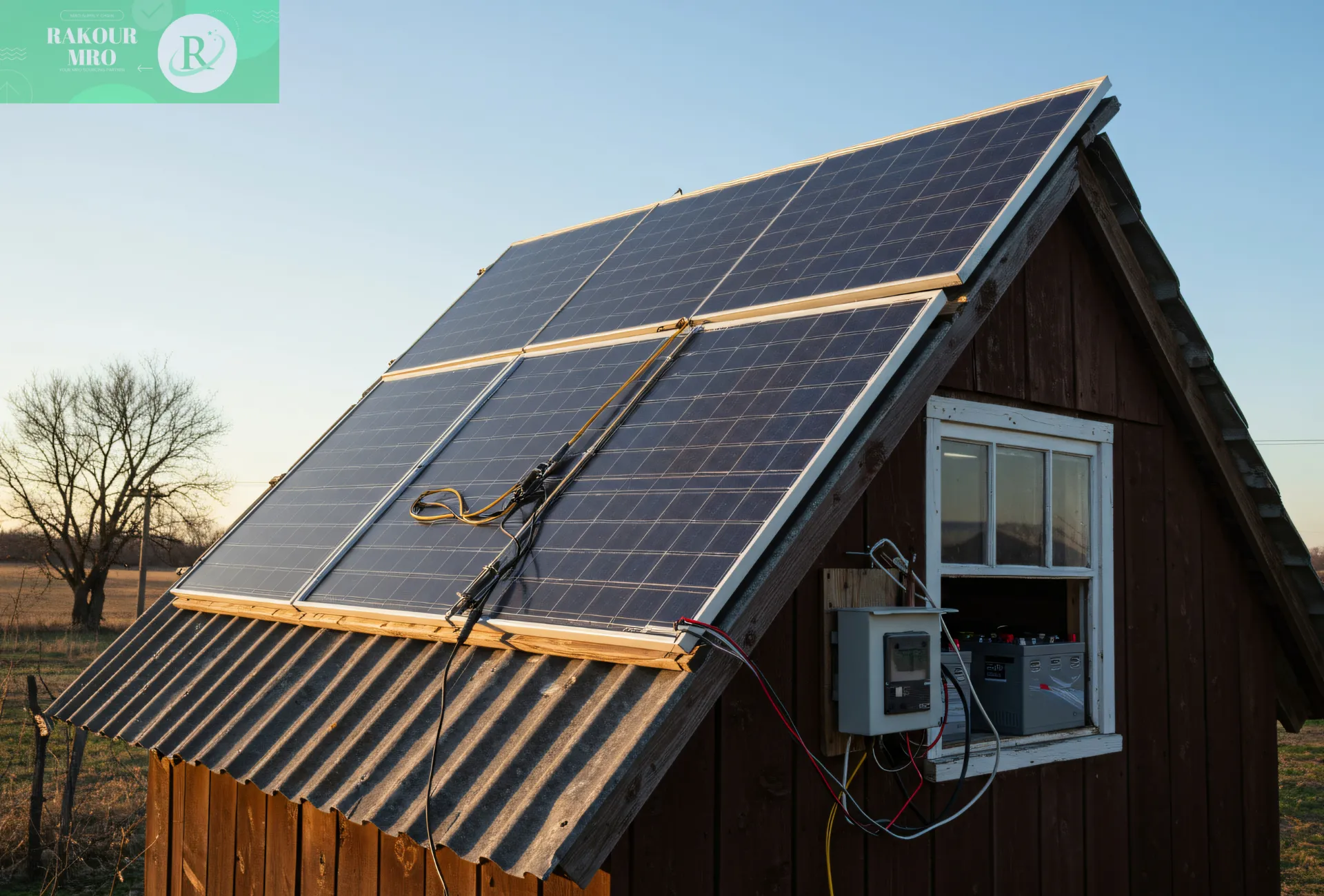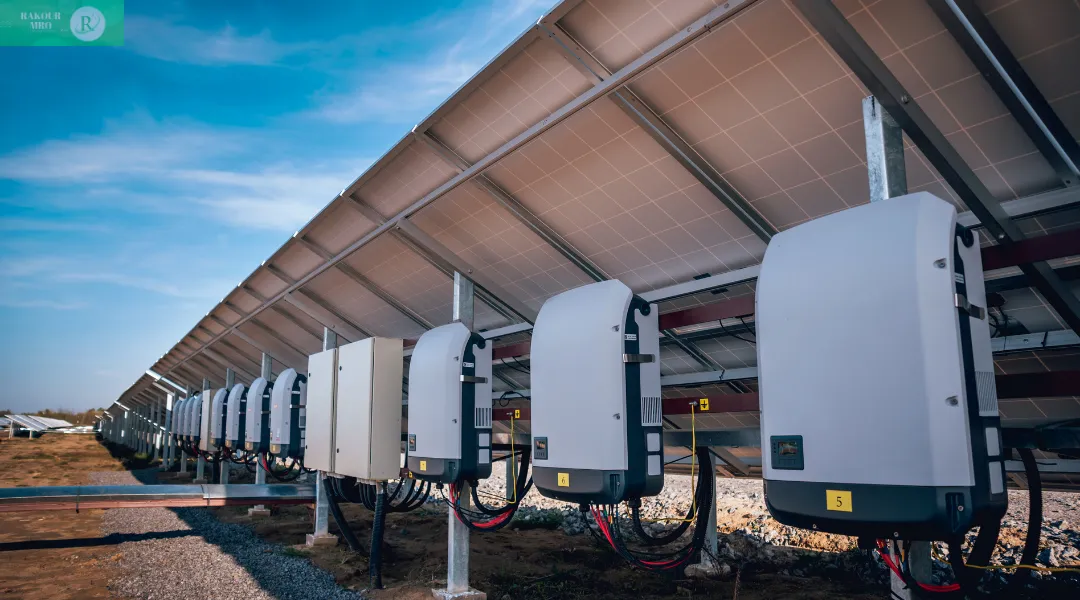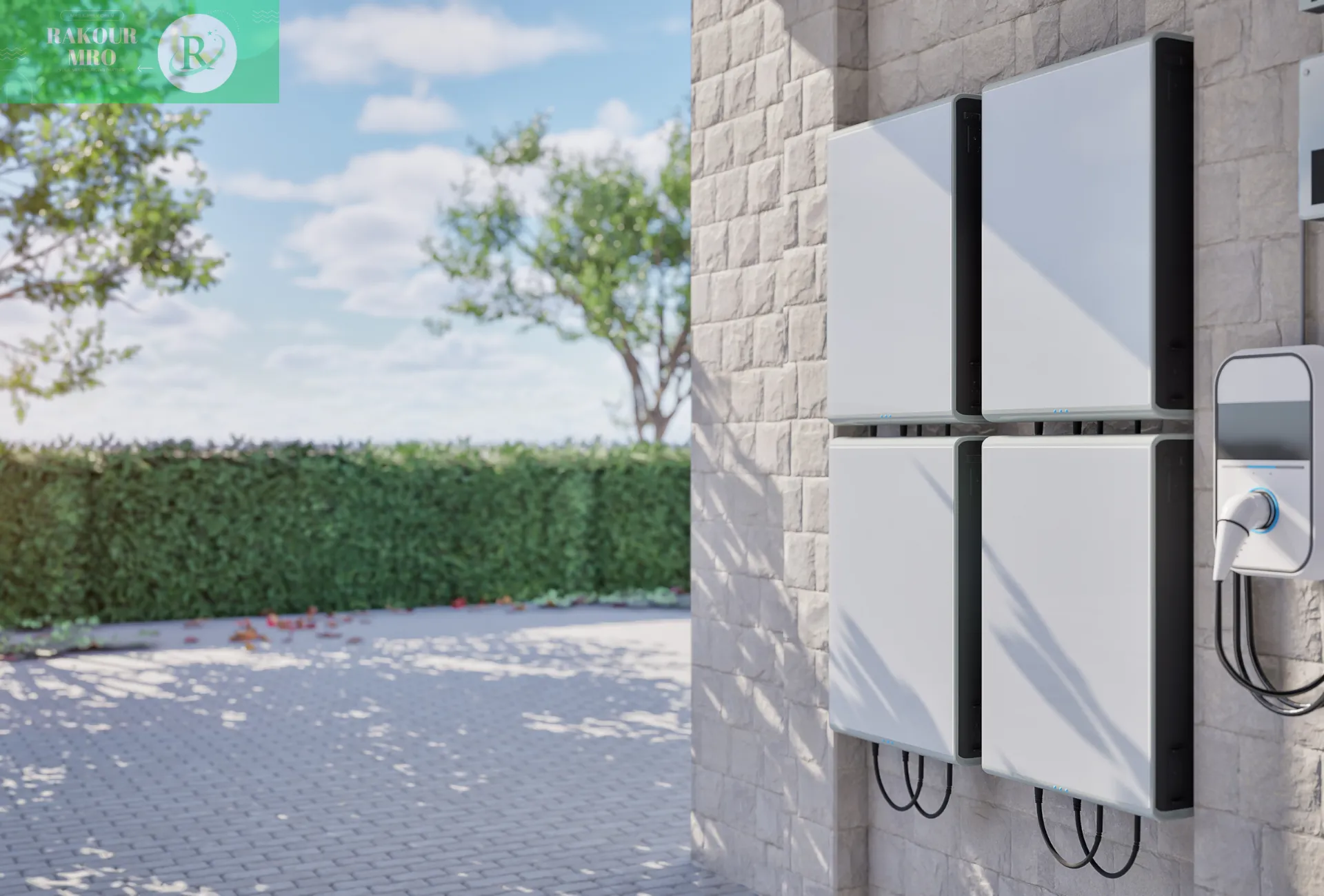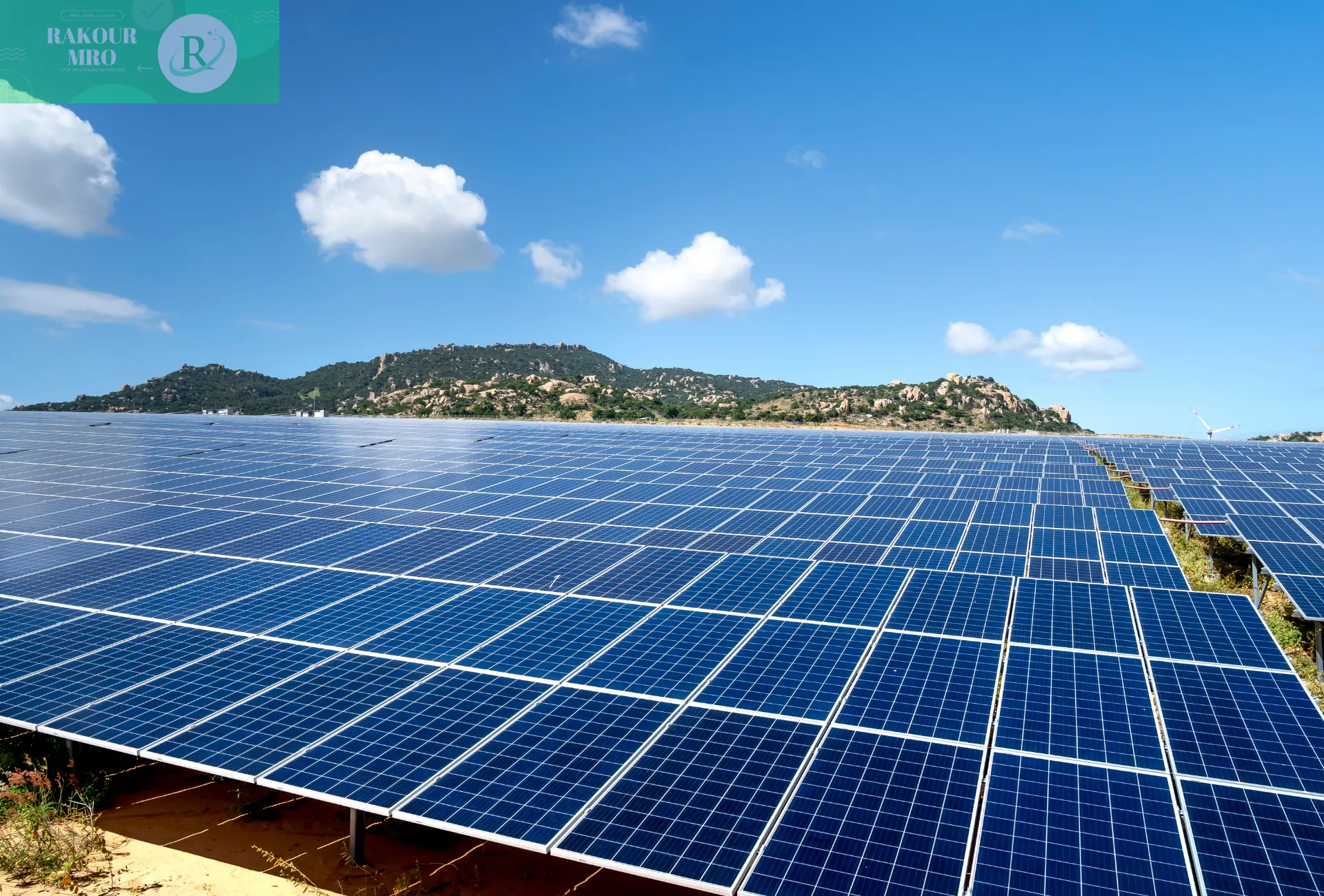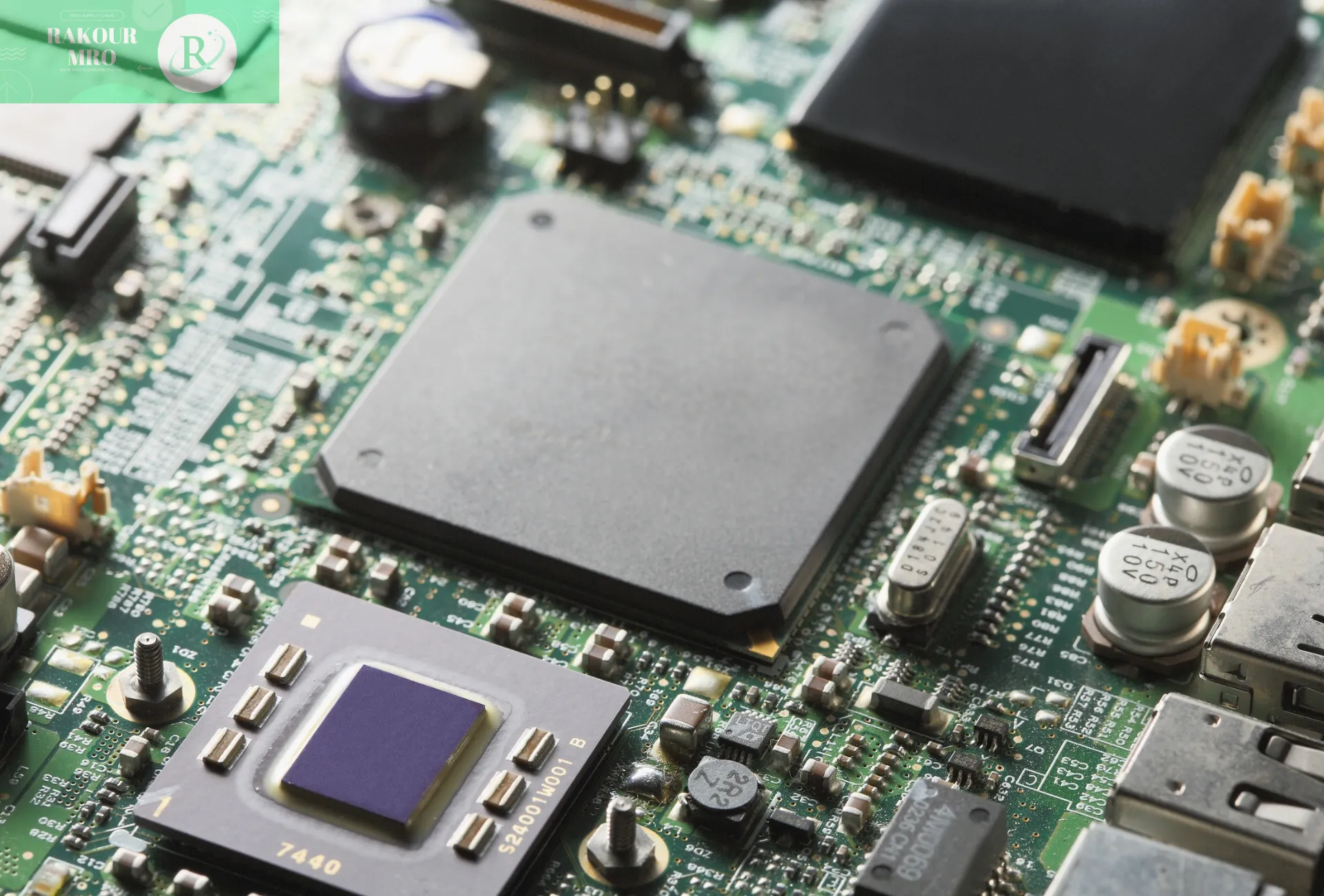Off-Grid Solar Systems Overview: The Key to Energy Independence
An off-grid solar power system is a standalone power supply solution that doesn’t rely on the public grid, meeting users’ electricity needs through self-generated power and energy storage. These systems typically consist of core components such as solar panels, charge controllers, batteries, and inverters, forming a complete self-generated and self-sustaining energy ecosystem.
Off-grid solar systems offer an ideal solution for remote, off-grid areas, mobile applications, or any home or business seeking energy independence. Compared to traditional power supply methods, off-grid systems offer low investment, rapid returns, and a small footprint. Depending on the project’s scope, installation and commissioning can take as little as one day or as long as two months. They also require no dedicated personnel and are easy to manage.
With technological advances and declining costs, off-grid solar systems are becoming a viable option for more and more people. By 2026, global solar photovoltaic applications in microgrids are expected to reach 3,786 MW, with approximately 3,292 MW of energy storage installed, reflecting the growing importance of off-grid solar and energy storage systems.
Core components of off-grid solar systems

A complete off-grid solar system consists of multiple precision components working together, each of which plays a unique and important role.:
Photovoltaic array: As the energy collector of the system, solar panels convert sunlight energy directly into electrical energy.Currently, there are mainly monocrystalline silicon, polycrystalline silicon and amorphous silicon solar cells on the market, among which monocrystalline silicon has the highest conversion efficiency (12-17%) and a service life of up to 15-20 years.
Charge controller: This is the intelligent brain of the system. It not only regulates the charging process of the solar panel to the battery, but also provides multiple protection functions such as overcharge, over-discharge, electronic short circuit, overload protection, etc.Modern advanced controllers use PWM (pulse width modulation) technology to keep the system running near the maximum power point, maximizing energy collection efficiency.
Battery bank: As the energy warehouse of the system, the battery stores the electricity generated by the solar panels and releases the electricity when needed (such as at night or on rainy days)。Off-grid systems commonly use valve-regulated sealed lead-acid batteries and deep-discharge lead-acid batteries. In recent years, lithium-ion batteries, especially LiFePO4 (lithium iron phosphate) batteries, have become increasingly popular.
Inverter: This device converts the direct current (DC) from the battery into alternating current (AC) for use in conventional household appliances. Inverters are primarily categorized into three types: square wave, modified wave, and sine wave. Sine wave inverters offer the best waveform quality, low distortion, and minimal interference with radios and communications equipment, but they are relatively expensive.
Off-grid solar cell technology comparison: lithium-ion vs. lead-acid batteries
Choosing the right battery is one of the most critical decisions in off-grid solar system design, directly impacting system efficiency, reliability, and overall cost. Currently, two primary battery technologies exist on the market: traditional lead-acid batteries and modern lithium-ion batteries.
The following table provides a detailed comparison of commonly used battery technologies in off-grid solar systems:
| Battery Type | Cycle Life | Efficiency | Depth of Discharge | Temperature Range | Maintenance Needs |
|---|---|---|---|---|---|
| Advanced Lead Acid | 500-1000 cycles | 70-85% | 50% recommended | -20°C to 50°C | Regular watering required |
| LiFePO4 (Lithium Iron Phosphate) | ≥6000 cycles | 95-98% | 80-90% safe | -20°C to 55°C | Maintenance-free |
| Zinc Bromine Flow | Varies | 70-80% | 100% possible | Limited data | Electrolyte management |
The data in the table demonstrates that lithium battery technology, particularly LiFePO4, significantly outperforms traditional lead-acid batteries in terms of cycle life, efficiency, and safe depth of discharge. Lithium batteries boast a cycle life of over 6,000 cycles, meaning they can operate reliably for over 15 years even with daily charge and discharge cycles. Furthermore, lithium batteries boast an energy efficiency of 95-98%, compared to 70-85% for lead-acid batteries, resulting in less energy loss and faster charging.
Although lithium batteries require a higher initial investment, their longer lifespan and superior performance result in a lower total cost of ownership. For off-grid solar systems seeking long-term reliability and high efficiency, lithium batteries are undoubtedly the smartest choice.
Applications and Advantages of Off-Grid Solar Systems
Off-grid solar systems have a wide range of application scenarios and unique advantages:
Remote Area Power Supply: Provides stable electricity to remote areas without access to the public grid or with unstable power supply. Many remote villages, despite achieving 100% household electrification, only receive electricity for a few hours each day. Off-grid solar systems offer a perfect solution to this problem.
Diverse application scenarios: Off-grid solar systems are widely used in household electricity needs such as lighting, televisions, washing machines, photovoltaic water pumps, traffic lights, navigation lights, communication base station power systems, as well as in the fields of petroleum, ocean, meteorology, etc.
Environmental protection and economic benefits: Solar energy is an inexhaustible renewable energy source, and its development and utilization process produces almost no pollution. Photovoltaic power generation is close to zero emissions, with no waste residue, waste materials, wastewater, or exhaust gas discharged during the power generation process. It is also silent and produces no harmful substances to the human body.
Energy independence: Off-grid solar systems allow users to completely break free from dependence on traditional power companies, unaffected by grid failures, power cuts, or price increases. With changes to renewable energy regulations in countries like Croatia set for 2026, the importance of off-grid systems is becoming increasingly prominent.
Conclusion
Off-grid solar systems with battery storage offer a complete, independent energy solution, ideal for remote locations, mobile applications, or those seeking energy independence. With advancements in battery technology, lithium batteries, particularly LiFePO4 types, have become the preferred choice for off-grid solar batteries due to their long cycle life, high efficiency, and deep discharge capability. Choosing the right off-grid solar battery is crucial to system performance and return on investment, and lithium technology offers clear advantages in this regard.

